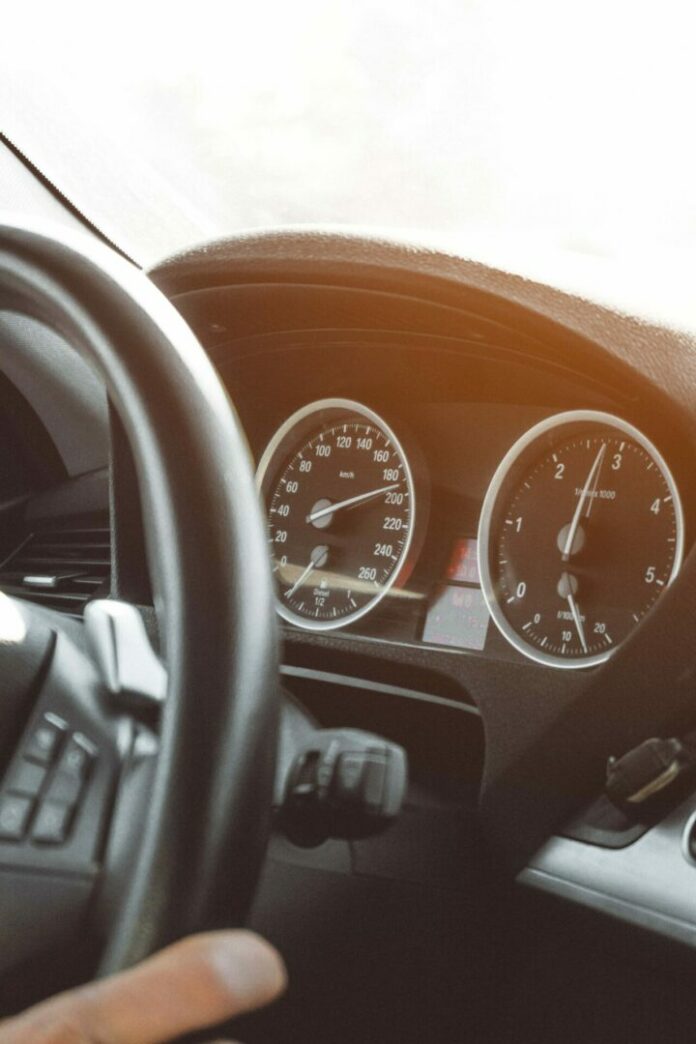Defensive Driving is essentially driving in a manner that utilizes safe driving strategies to enable motorists to address identified hazards in a predictable manner. These strategies go well beyond instruction on basic traffic laws and procedures.
With defensive driving classes, students learn to improve their driving skills by reducing their driving risks by anticipating situations and making safe well-informed decisions. Such decisions are implemented based on road and environmental conditions present when completing a safe driving manoeuvre.
Benefits of Defensive Driving
The benefits of taking a defensive driving class vary with each country but often include a reduction of points on your driver’s license following a ticket and the assurance that insurance rates will not increase. In some countries, taking a defensive driving course can mean a reduction of up to 10% in your insurance rates for a period of three to five years.
15 Most Common Causes Of Car Accidents and Tips For Prevention
Just as the benefits of defensive driving classes vary with each state, so do the requirements. While most basic defensive driving classes are four hours long, some can be as long as six or eight hours.
What’s Included in a Basic Defensive Driving Course
The contents of a defensive driving course are regulated and are designed to train you based on the law. However, most defensive driving classes contain similar information.
The sections below provide a basic outline of the information that is typically covered in defensive driving courses.
Traffic Crashes
Losses from traffic crashes have both social and personal impacts. Tens of thousands die annually as a result of traffic collisions, with an additional millions of injuries. About 38% of all fatal car crashes are alcohol-related with another 30% attributed to speeding.
The causes of these crashes, emotional impact and cost in money spent on car crashes are typically covered in defensive driving courses. The goal of good defensive driving is to reduce the risk of these accidents by properly educating students to exercise caution and good judgment while driving.
Psychological Factors
On the roadways, drivers have to deal with several factors that can affect their driving. Though some of them are beyond the control of the driver, psychological factors can be controlled by the driver if he knows what to look for and how to handle it.
Defensive driving courses tend to focus on how drivers can overcome negative psychological factors such as unneeded stress, fatigue, emotional distress and road rage. They also offer instructions for developing a positive attitude behind the wheel and increasing your focus on the driving task.
Human Factors — DUI
Driving under the influence of drugs or alcohol continues to impact thousands of drivers drivers each year. While the specific effect of each drug on your body takes place in differing stages, the effect of drivers operating a vehicle while under the influence is disastrous.
A very common component of all defensive driving courses is education about the role that drugs and alcohol play on roadways. Topics tend to include the state’s limits as to blood-alcohol level, how your judgment, inhibitions, motor skills and senses are affected by drugs and alcohol and the consequences of being found guilty of driving under the influence.
The Dynamics of a Crash
Vehicle crashes are almost always a preventable result of a series of events. The combination of speed, place of impact and size of the object being impacted can determine the severity of the crash. In every accident, however, the act of one vehicle hitting another vehicle or other object is not the only collision that can occur.
The concept of the second collision, in which the driver and other passengers collides with the windshield, seat or other object within the car when not wearing a seat belt can be just as dangerous as the initial collision.
Defensive driving courses address the issue of vehicle crashes and second collisions by listing the elements of a crash and illustrating how the forces of impact can be avoided or limited.
Safety Equipment
Approximately half of all deaths that are a result of an automobile crash could have been avoided if the victim were wearing a safety belt properly. Of course, safety belts are only the most commonly thought of vehicle safety equipment. Items such as airbags, child safety seats and headrests all serve to protect drivers and passengers and reduce the risk of injury or death in the event of a crash.
Deadly Kenyan roads claim whole family in separate accidents
Defensive driving courses offer tips on how to use these devices properly and ensure your safety when travelling the roadways.
Crash Prevention Techniques
The key to any good defensive driving strategy is knowing how to avoid traffic crashes and recognize potential hazards before it’s too late. That’s why defensive driving courses tend to present a lot of information on crash prevention techniques.
In a typical defensive driving course, students learn crucial crash-prevention techniques that include:
- Scanning the roadway and adapting to the surroundings
- Employing the two-second rule for following distances
- Knowing your vehicle’s stopping distance
- Being aware of reaction distance
- Environment hazards
- Vehicle emergencies
- Sharing the road
- Passing and necessary clear distance
- Right of way
- Speed adjustments and railroad crossings
Traffic Laws
The final portion of many state defensive driving curriculum requirements is state-specific traffic laws. While for many students this portion serves as a mere refresher course, state traffic laws are not always known by all students.
And especially in countries where defensive driving courses are taken as a result of receiving a speeding ticket or other traffic violation, relearning these traffic laws can help turn a traffic offender into a good defensive driver.








